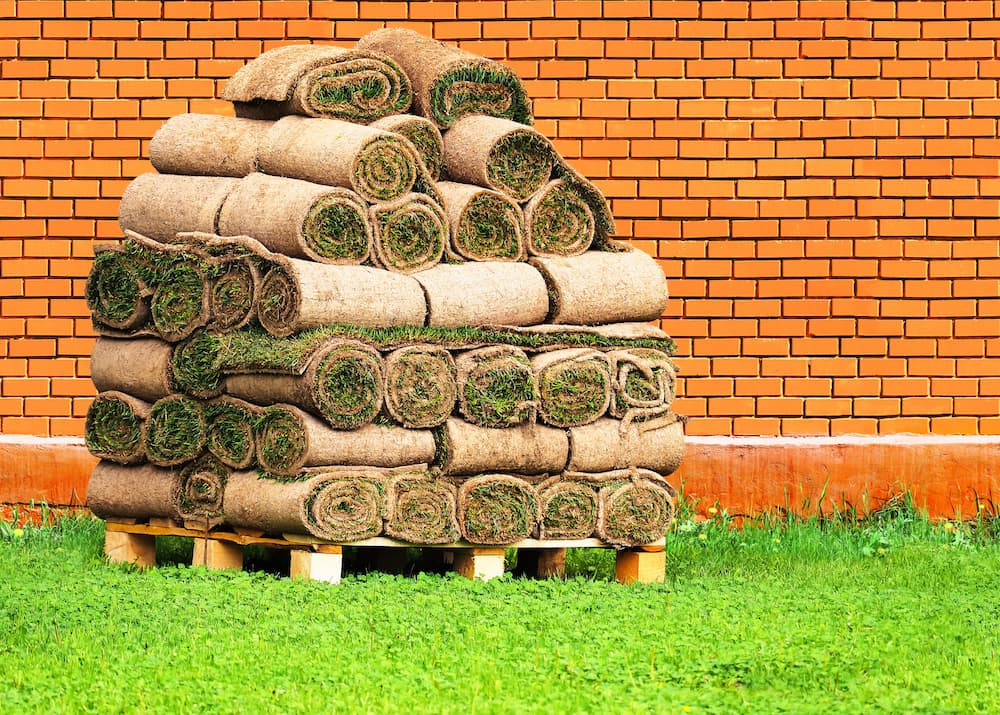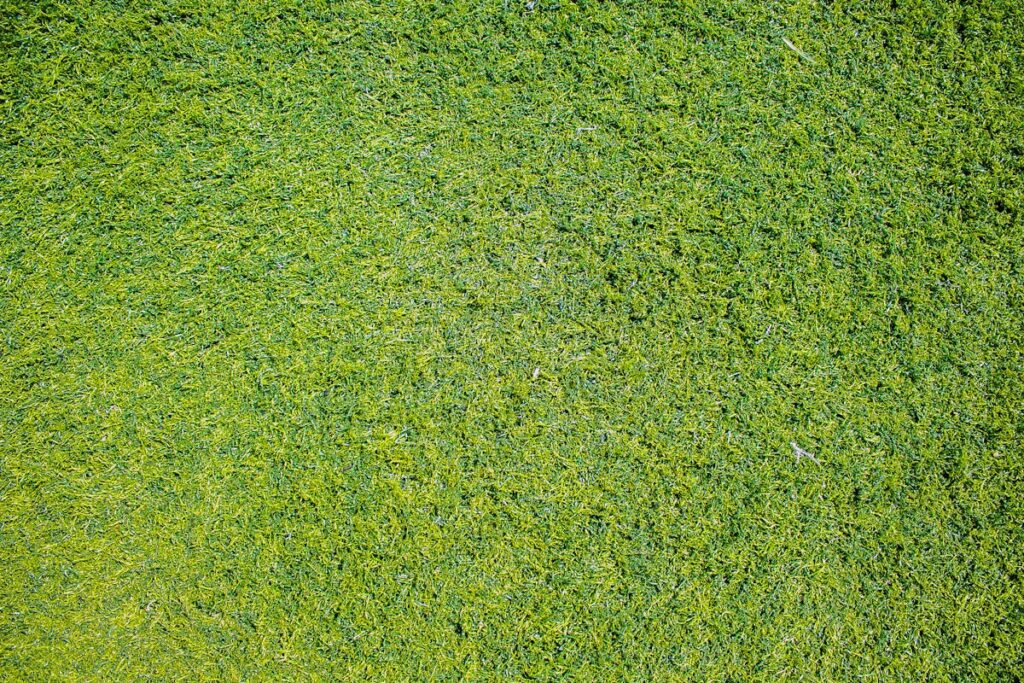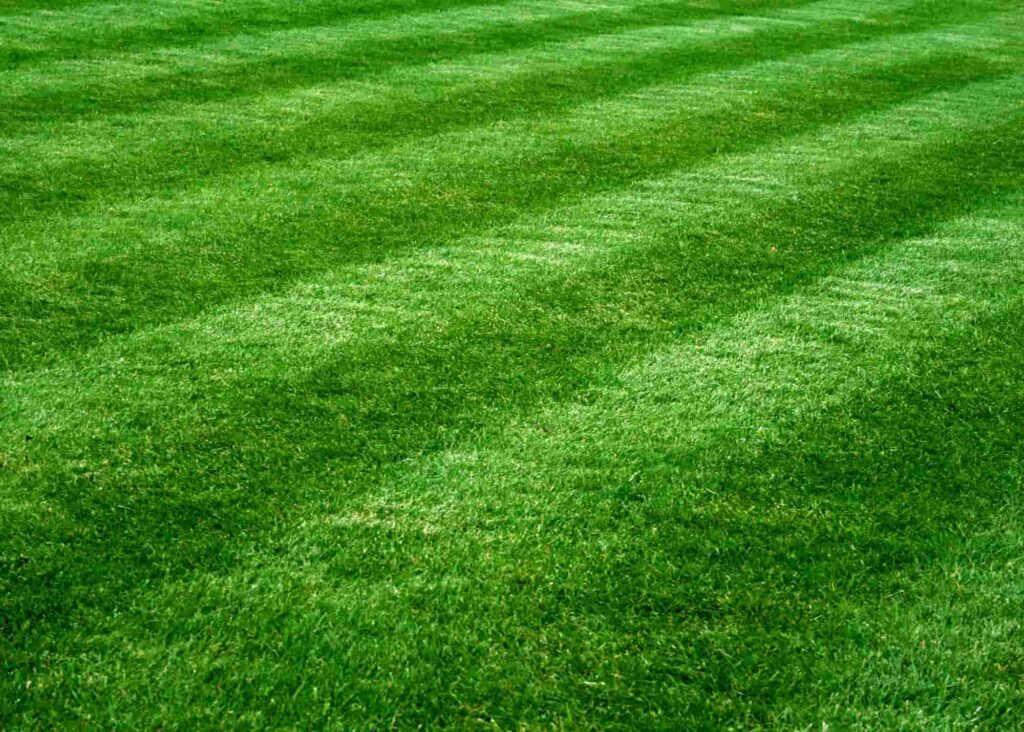Spring is nature’s wake-up call, and your yard is ready to rise and shine. But to get that lush, healthy lawn you admire in garden magazines, timing is everything. Whether you’re a weekend warrior or a green-thumbed veteran, following a spring yard care schedule can make all the difference. Here’s a practical, human-first guide, broken down by early, mid, and late spring, with real-world tips, expert-backed advice, and a few secrets most people overlook.
Why Timing Matters in Spring Yard Care
The success of your lawn in spring largely depends on the type of grass you have and your regional climate. For this post, we’re focusing on cool-season grasses like fescue, ryegrass, and Kentucky bluegrass, common in temperate regions. These grasses thrive in the cooler weather of early spring and benefit from prep work done before the summer heat kicks in.
If you’re not sure what type of grass you have, this guide by Pennington is a great starting point.
Early Spring (March to Early April): The Wake-Up Phase
This is when your lawn starts to wake up from its winter nap. Here’s what to focus on:
1. Cleanup and Debris Removal
- Rake up fallen leaves, twigs, and thatch (dead grass). But don’t go too hard—your grass is still fragile.
- Clear debris off flower beds and borders to give plants breathing room.
2. Tool Inspection and Prep
- Sharpen your mower blades (a dull blade tears rather than cuts).
- Check oil levels, filters, and spark plugs in your lawnmower and trimmers.
3. Aerate if Needed
- Aeration helps relieve soil compaction and improves water/nutrient absorption.
- Do this only if your lawn feels hard and hasn’t been aerated in 1–2 years.
- Avoid if the soil is soggy; wait for a dry spell when the soil is still moist but firm.
4. Soil Testing
- Most lawns prefer a pH between 6.0 and 7.0.
- Get a soil test kit from your local garden center or online (like Luster Leaf’s kit).
- Amend accordingly: lime raises pH, sulphur lowers it.
5. Apply Pre-Emergent Weed Control
- Timing is crucial to apply when soil temps hit 55°F for several days.
- Rule of thumb: When forsythia bushes bloom, it’s go-time.
- Use a pre-emergent herbicide to stop crabgrass and other weeds before they take root.
Mid-Spring (April to Early May): Growth Mode
Your lawn’s metabolism is speeding up. Now’s the time to nurture it and set the foundation for thick summer growth.
1. Mowing Begins
- Start when grass reaches 3 to 3.5 inches.
- Cut no more than one-third of the grass blade at a time.
- Ideal height: 2.5 to 3 inches for most cool-season grasses.
2. Fertilize Smartly
- Choose a balanced, slow-release fertilizer (16-4-8 or similar).
- Avoid synthetic quick-release fertilizers that can cause burns.
- Organic options like compost or fish emulsions are great sustainable alternatives.
- Water in your fertilizer to activate it.
3. Weed Control
- Spot-treat broadleaf weeds like dandelions with post-emergent herbicides.
- Prefer manual removal? Get a long-handled weeder to save your back.
4. Overseed Bare or Thin Spots
- Choose a matching grass type.
- Lightly rake the area, scatter seed, top with soil, and water consistently.
- Expect germination in 7–14 days.
5. Watering Starts Gently
- If rainfall is low (<1 inch/week), start light watering.
- Early morning is best to minimize evaporation and disease.
Late Spring (May): Maintenance and Monitoring
Now your lawn is growing strong and full. But it’s also prime time for pests, drought stress, and weeds.
1. Maintain Mowing
- Increase height slightly to 3 to 3.5 inches. Taller grass shades roots and crowds out weeds.
- Keep your blades sharp to avoid disease entry points.
2. Watch for Pests
- Grubs are the main enemy this time of year.
- Browning patches or spongy turf? Peel back a section and look for white C-shaped larvae.
- Treat only if necessary, beneficial nematodes or grub killers can help.
3. Deep Watering Strategy
- Shift from frequent light watering to 1–1.5 inches weekly in one or two deep sessions.
- This encourages deep root growth and resilience.
4. Edging and Mulching
- Clean up edges around walkways and garden beds.
- Replenish mulch to 2–3 inches to suppress weeds and retain moisture.
- Avoid piling mulch against plant stems (causes rot).
5. Pruning Shrubs
- Prune spring-blooming shrubs like lilacs and azaleas after they flower.
- Avoid hard pruning unless you want to sacrifice blooms next year.
Warm-Season Grass? Start Later
If you’re working with Bermuda, Zoysia, or St. Augustine, wait until they’ve fully greened up, usually late spring. Aeration, fertilizing, and full maintenance should start in late April or early May, depending on your zone.
This USDA Plant Hardiness Zone Map is a handy tool to tailor your schedule.
Bonus Tips for a Healthier Lawn
- Compost Boost: Top-dress your lawn with a thin layer of compost in mid to late spring.
- Mulch Mower: Consider using a mulching mower that returns clippings to the soil.
- Pet Spots: Reseed dog-damaged areas with salt-tolerant grass seed blends.
Final Thoughts: Consistency Beats Perfection
You don’t need to follow a rigid rulebook; just stay consistent. A little effort in March, April, and May can spare you a summer full of problems. Stick to this spring yard care schedule, listen to your lawn (yes, really), and make adjustments as needed.
Whether you’re dreaming of backyard BBQs or just trying to out-green your neighbor, this is the season to take action.
Ready to upgrade your spring lawn game? Share this with a fellow yard warrior and let’s bring those lawns back to life!








